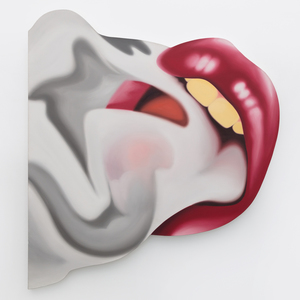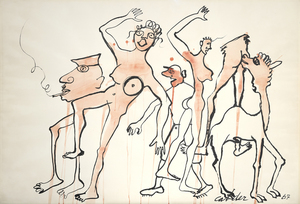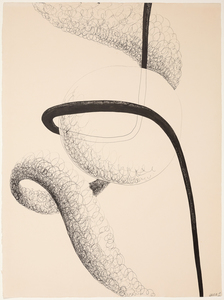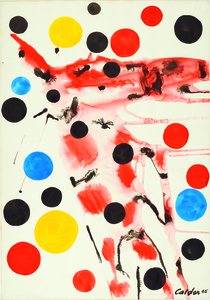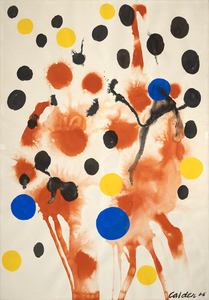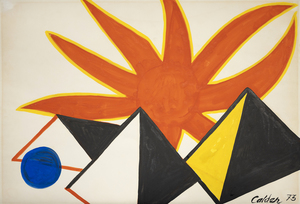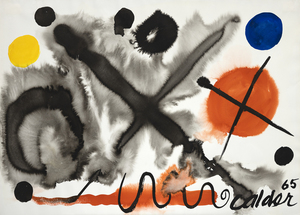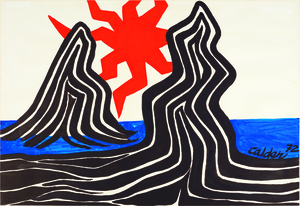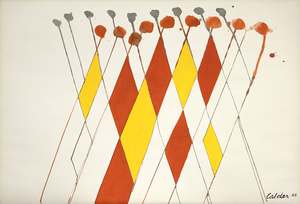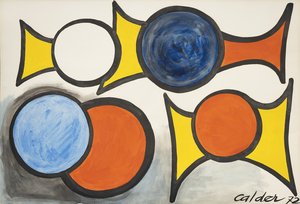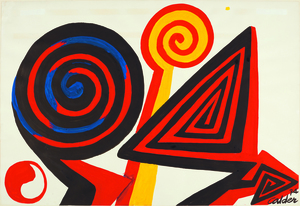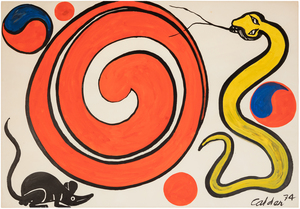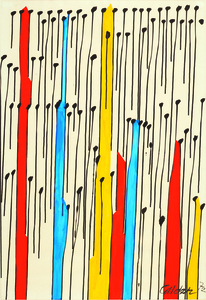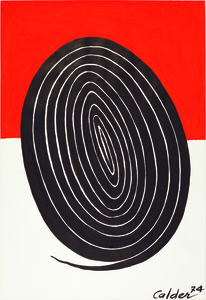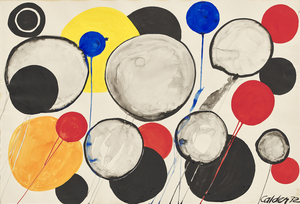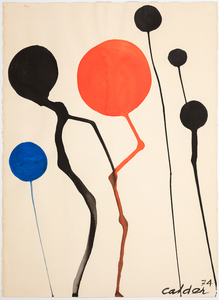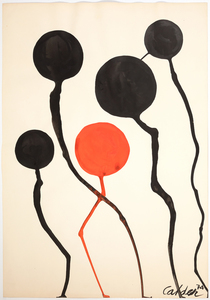ALEXANDER CALDER (1898-1976)
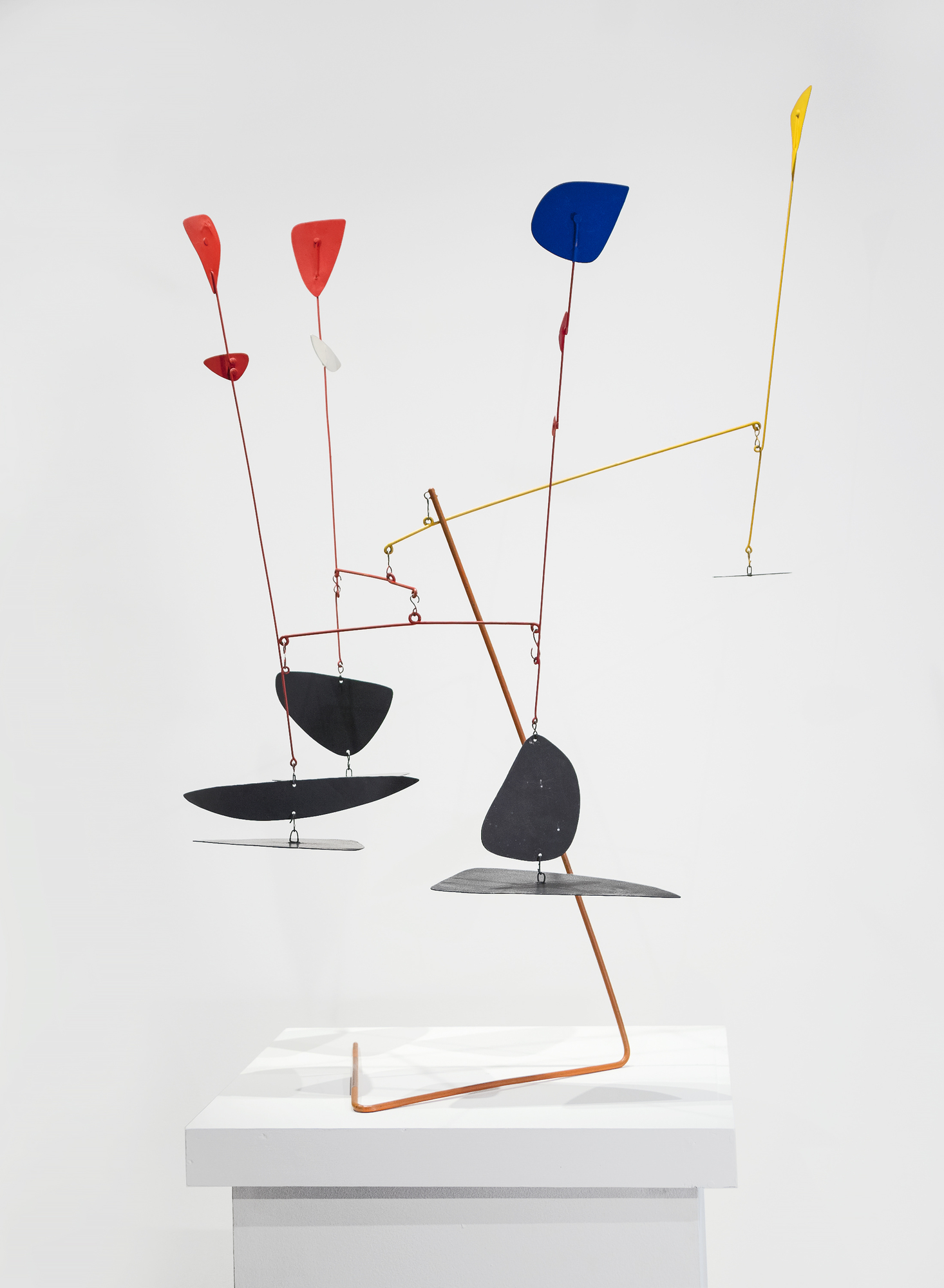
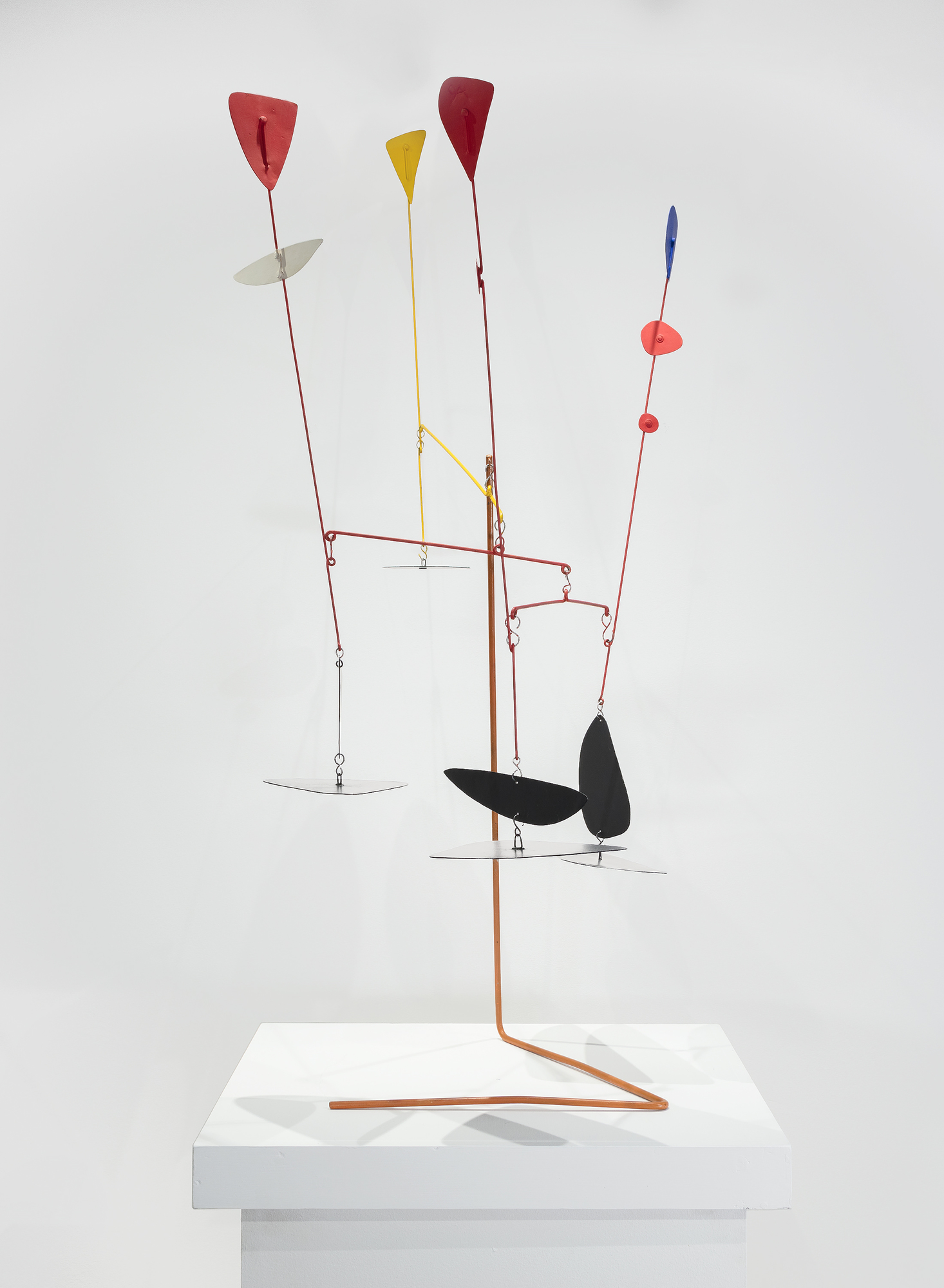
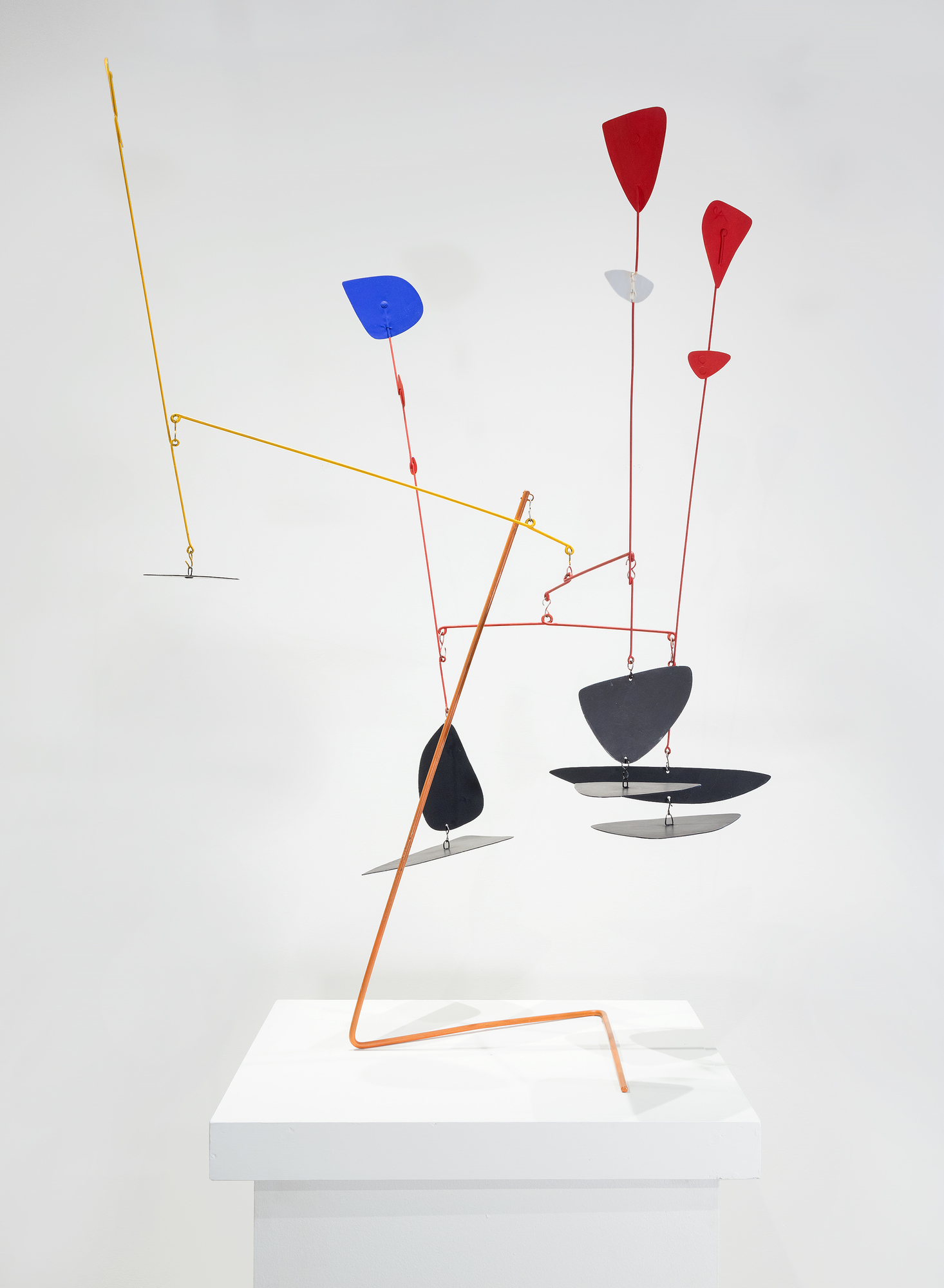
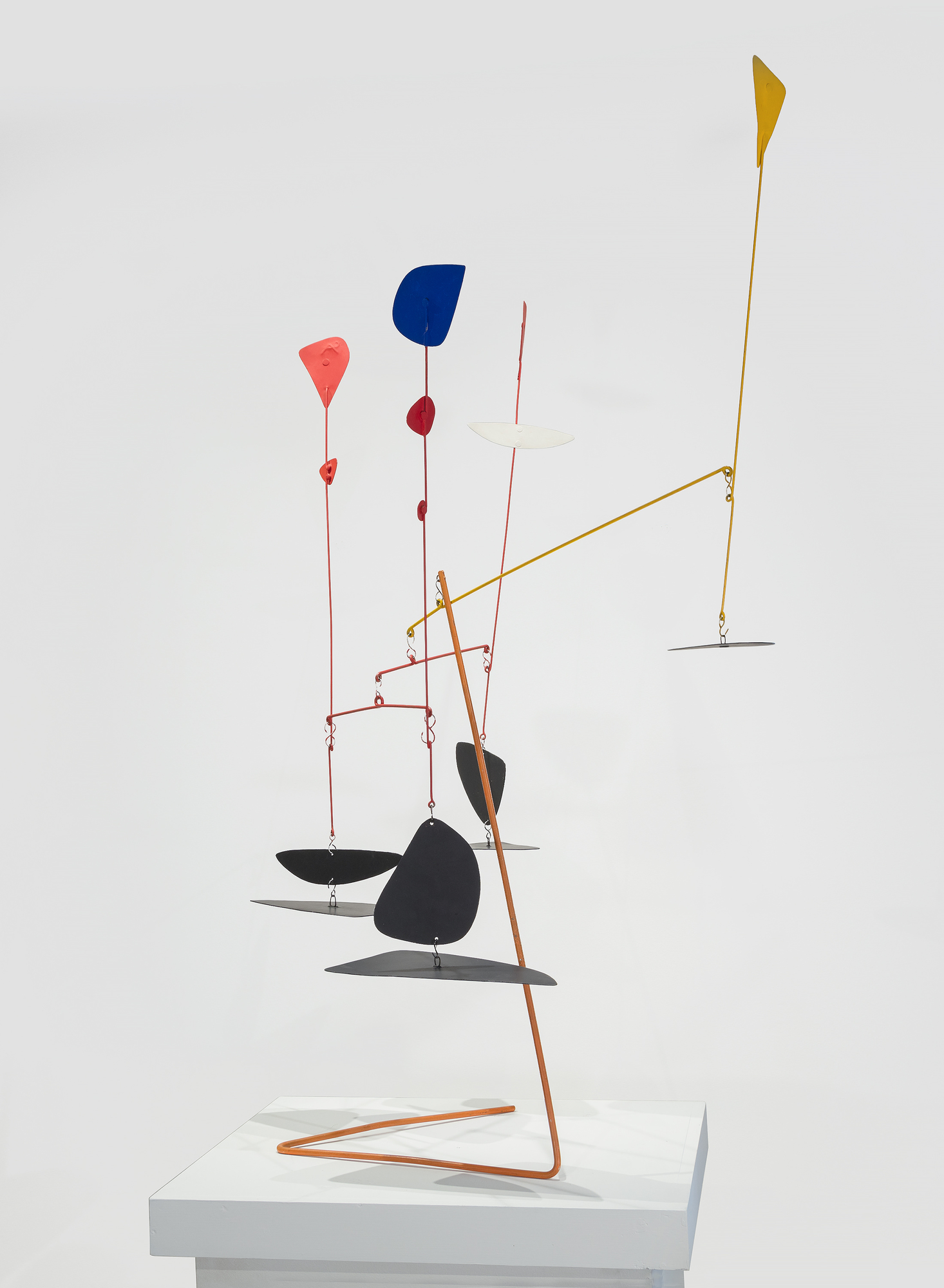
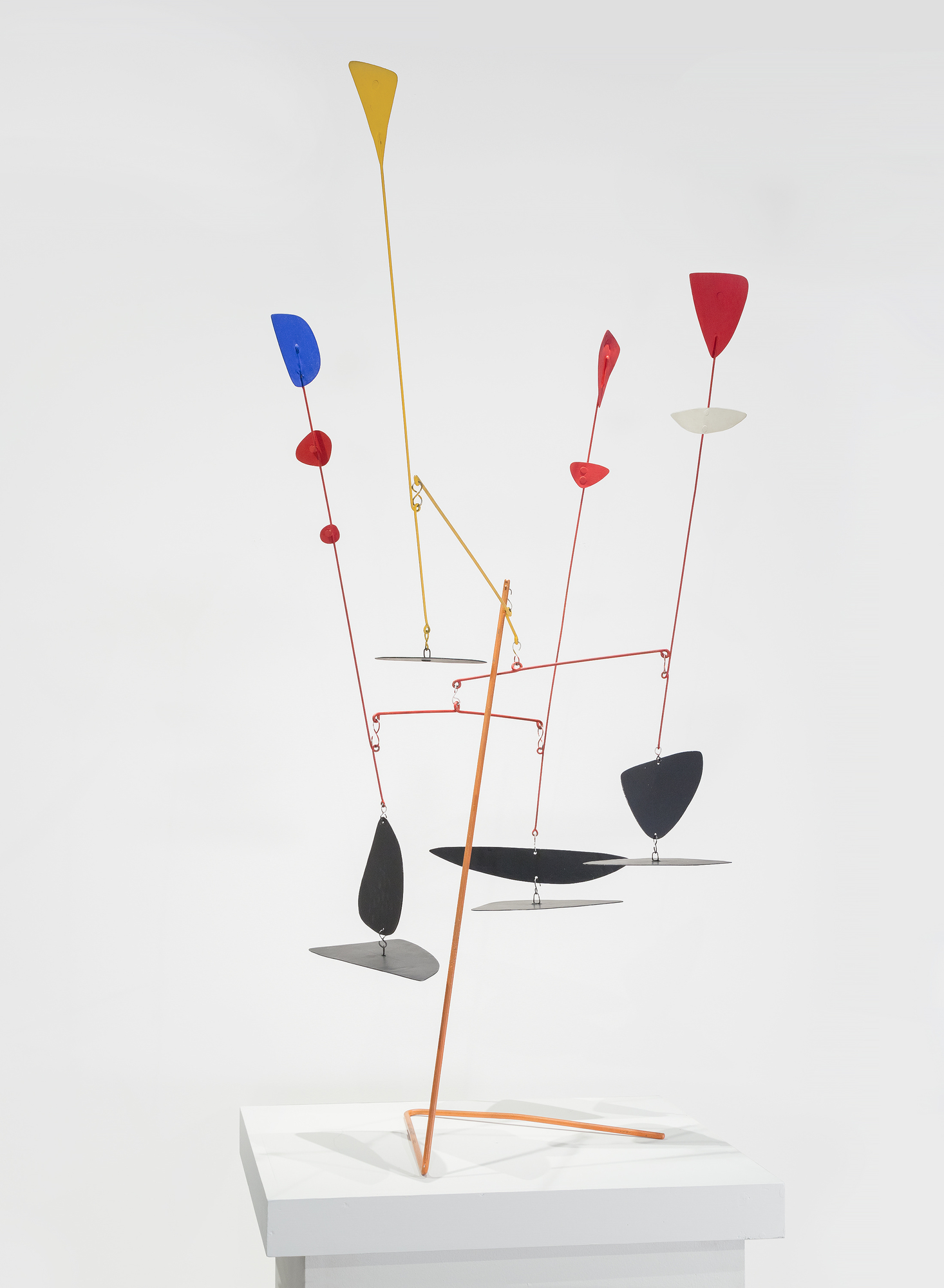
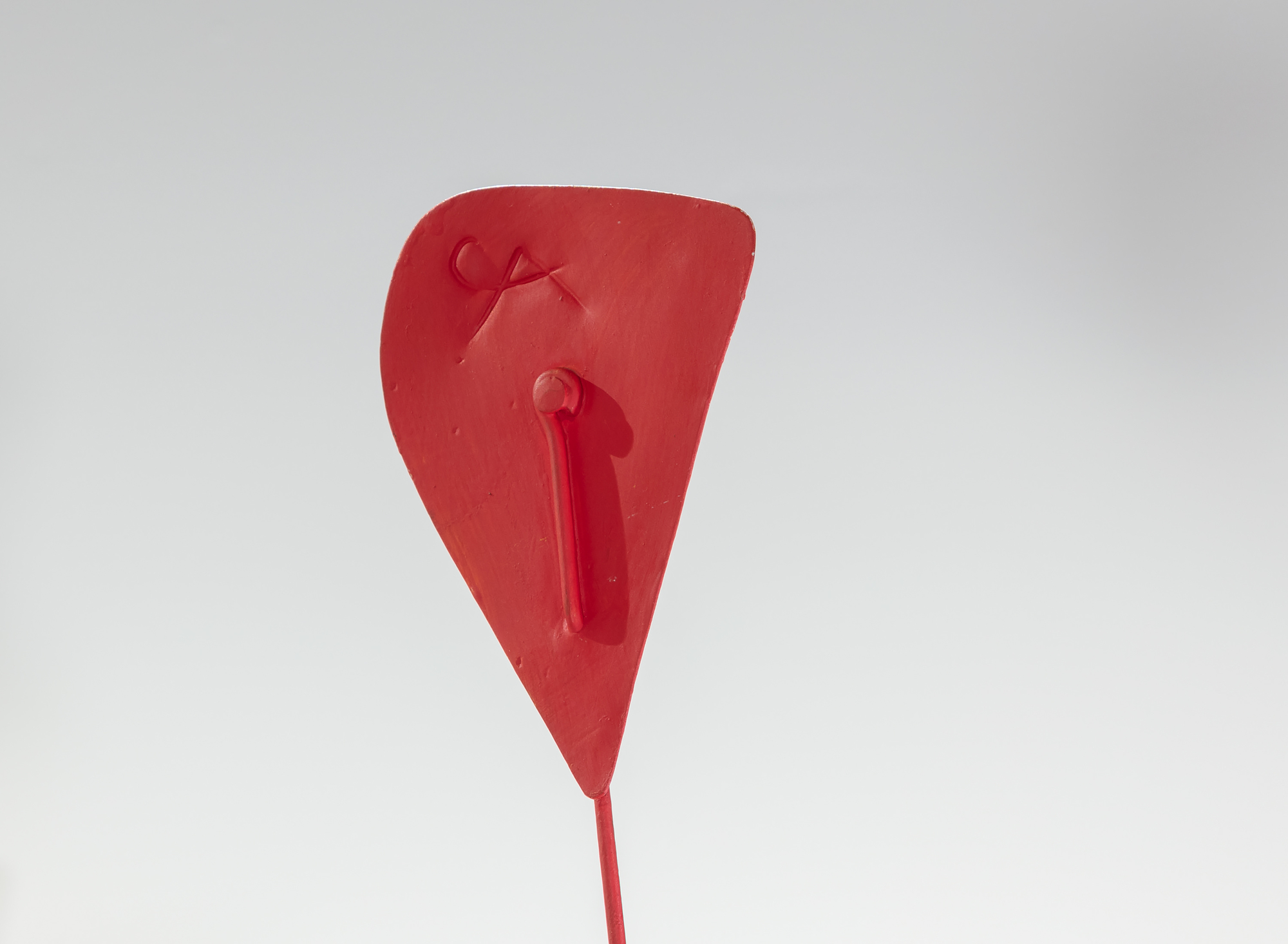
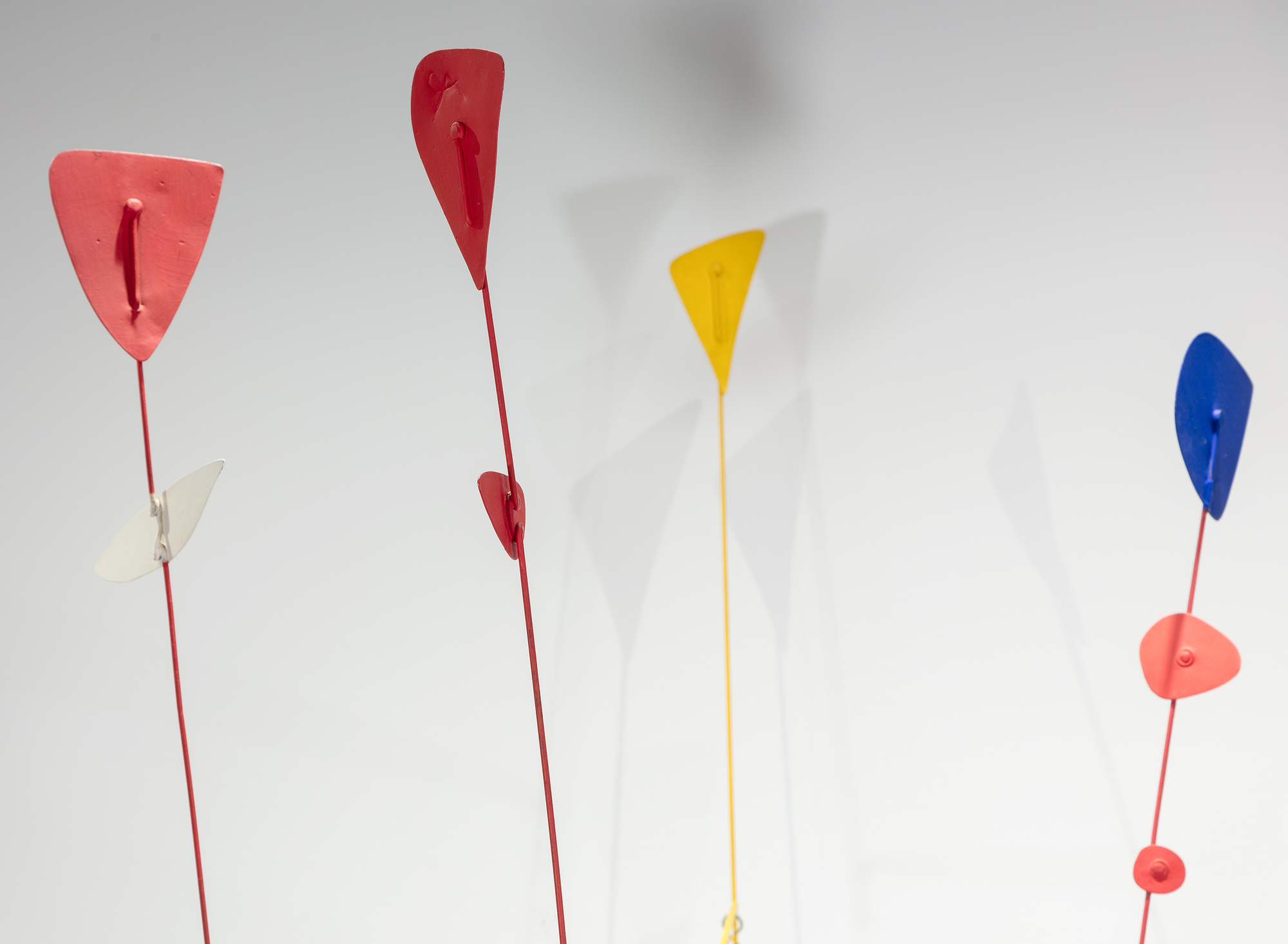
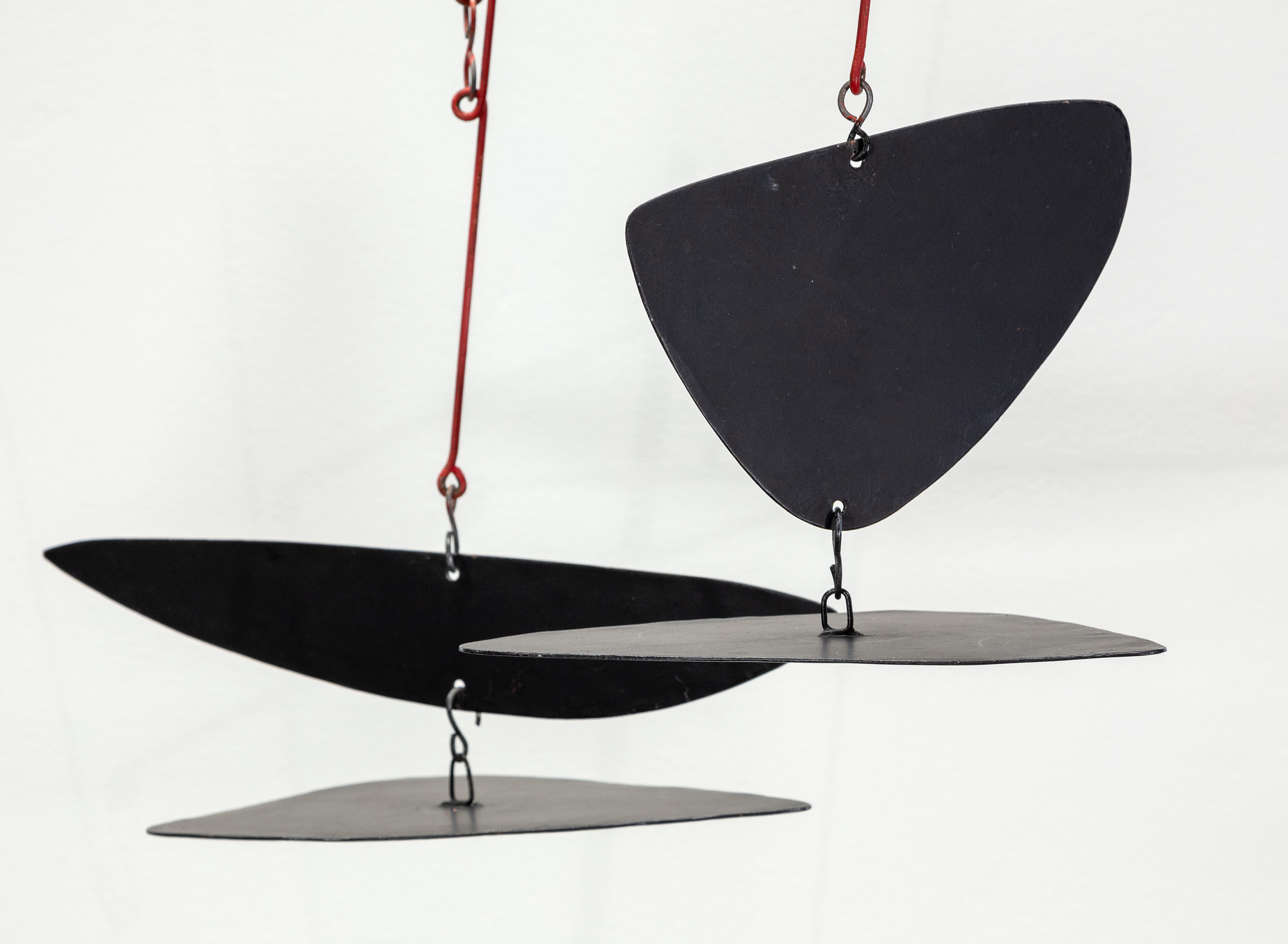
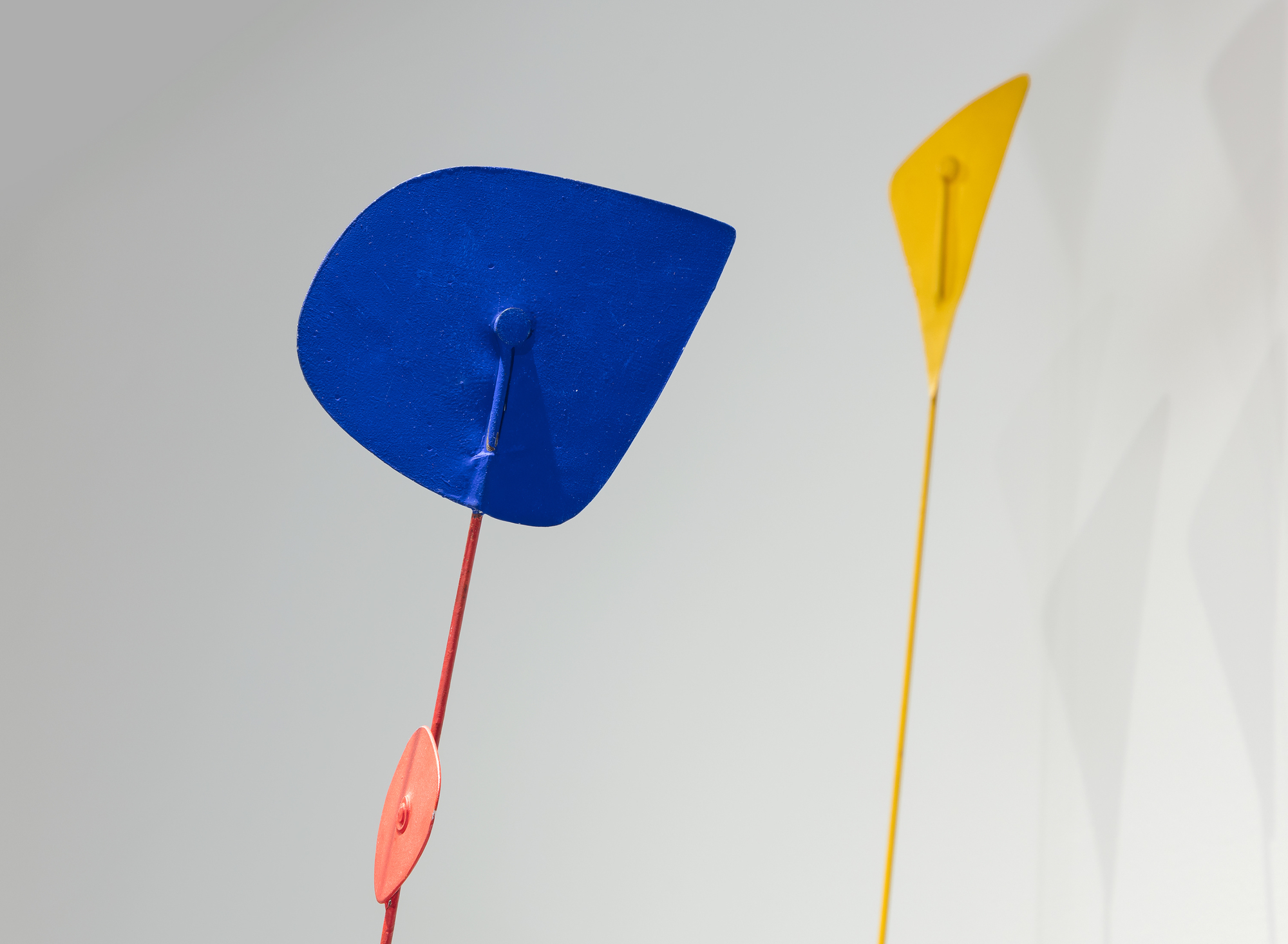
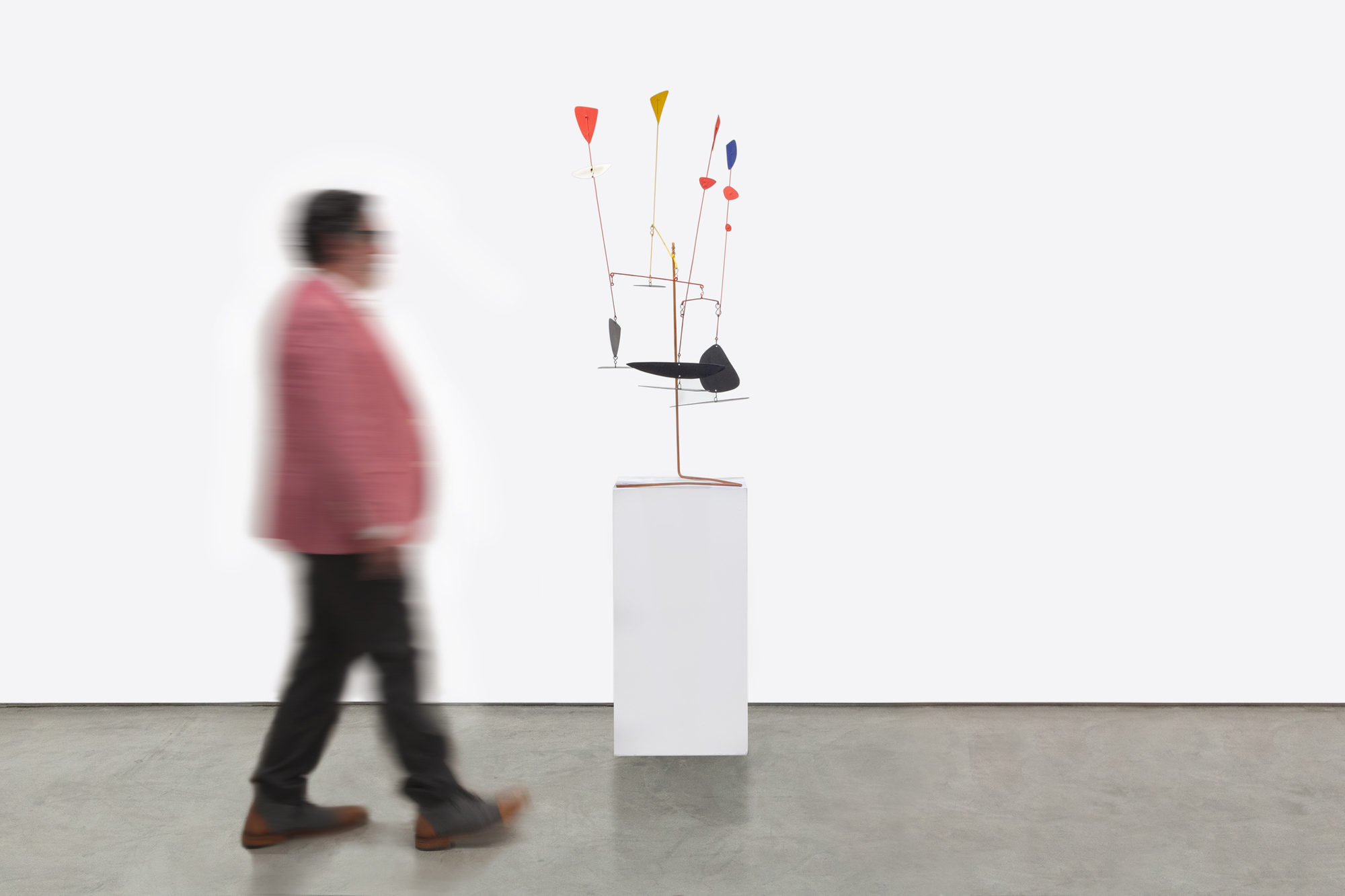
Provenance
Estate of the ArtistM. Knoedler & Co., New York
Galerie Internazionale, Milan
Arnold Herstand & Co., New York
Meshulam Riklis, New York
Christies New York, May 1997, lot 127
Private Collection, acquired from the above sale
Christies New York, June, 2001, lot 1103
Private Collection
Michelle Rosenfeld Gallery, New York
Private Collection
Exhibition
New York, Buchholz Gallery, Alexander Calder, November-December, 1945Detroit, Detroit Institute of Fine Arts, Origins of Modern Sculpture...More..., January - March, 1946
New York, M. Knoedler & Co., Alexander Calder / Fernand Leger, October 1979, p. 9, no. 5 (illustrated)
New York, M. Knoedler & Co., Alexander Calder Standing Mobiles, December 1980-January 1981
Barcelona, Spain, Fundacio Joan Miro, Calder, November 1997-February 1998, no. 73
Beverly Hills, California, Gagosian Gallery, Alexander Calder, May - June, 2003
Los Angeles, California, L&M Arts, Alexander Calder, April - June, 2012
Michelle Rosenfeld Gallery, New York, Spring Group Show, March - May 2013
...LESS...
History
Alexander Calder was a key figure in the development of abstract sculpture and is renowned for his groundbreaking work in kinetic art; he is one of the most influential artists of the 20th century. Prelude to the Man-Eater is a delicately balanced standing sculpture that responds to air currents, creating a constantly changing and dynamic visual experience.
Calder’s standing mobiles were a result of his continuous experimentation with materials, form, and balance. Alfred Barr, the first director of the Museum of Modern Art in New York, commissioned Calder to create a new standing mobile in 1945. The present work is a formal study for that commissioned work, Man-Eater With Pennant. Prelude to the Man-Eater, like the sculpture in MoMA, is designed to be viewed from multiple angles, encouraging viewers to walk around and interact with it. In both pieces, the different metal components move around a central post. Maquettes and studies played a vital role in Calder’s practice as it gave him the opportunity to understand scale and balance before scaling up the piece. Often, these maquettes existed in the smaller size for decades before enlarging or simply existed at their size and never made into larger works. In Prelude, we can see Calder thinking more vertically compared to the final piece at MoMA.
Prelude to the Man-Eater is also represented in Calder’s preparatory drawing, Sketches for Mobiles: Prelude to Man-Eater; Starfish; Octopus, which is in the permanent collection of the Harvard Fogg Museum.
MARKET INSIGHTS
- Alexander Calder is noted for his mobiles and stabiles, which rarely come up for sale.
- Calder’s market has experienced an 8% compound annual growth rate since 1976.
- Institutional interest in Calder’s work is rising, with new Asian and Middle Eastern museums seeking to own examples from the 1930’s and 1940’s.
Top Mobile and Standing Mobile Results at Auction
Comparable Mobiles and Standing Mobiles Sold at Auction
- Smaller than Prelude to the Man-Eater
- Similar stabile composition and format
- Comparable date of execution
- Comparable size to Prelude to the Man-Eater
- Similar stabile composition and format
- Comparable date of execution
- Smaller than Prelude to the Man-Eater
- Similar stabile composition and format
- Comparable date of execution
Mobiles and Standing Mobiles in Museum Collections
Image Gallery
Additional Resources
Inquire
You May Also Like
Other Works by Alexander Calder






































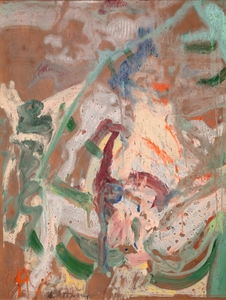
_tn28438.jpg )
